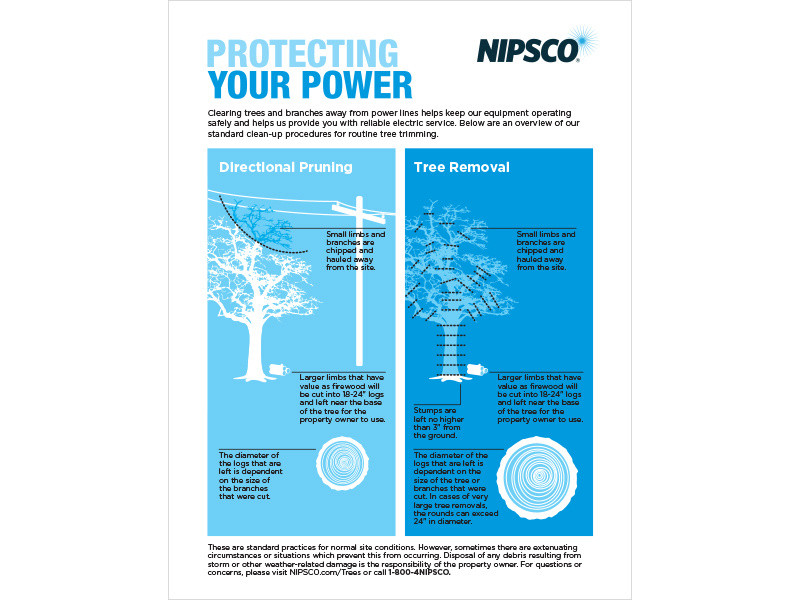The Environmental Implications Of Deforestation: Vital Facts To Be Knowledgeable About
The Environmental Implications Of Deforestation: Vital Facts To Be Knowledgeable About
Blog Article
Short Article Writer-Kryger Mccullough
When it involves the ecological influence of tree removal, there are crucial elements that require your attention. From the detailed web of partnerships within communities to the succeeding effects on climate patterns, the effects are extensive. You could be surprised to discover the intricate ways in which the elimination of trees can resound throughout the environment. Stay tuned to decipher the elaborate links and effects of this relatively uncomplicated act.
Logging and Habitat Loss
Deforestation and environment loss are vital issues stemming from tree elimination. When trees are cut down, it disrupts entire communities. Not just are the trees themselves shed, but the homes and food sources of countless plant and animal species are destroyed also. Birds lose their nesting websites, animals shed their sanctuary, and bugs shed their environments. The impacts ripple through the food cycle, impacting predators and victim alike.
Furthermore, deforestation adds to climate modification. Trees play a crucial duty in absorbing carbon dioxide, a greenhouse gas that traps warm in the atmosphere. With less trees, there's less co2 absorption, causing raised levels of this gas in the ambience and aggravating worldwide warming.
Environment loss is a direct outcome of deforestation, as the destruction of woodlands implies the loss of special and varied environments. Many types are not able to adjust to quick modifications in their environment, leading to populace declines and, in some cases, extinction.
Protecting forests is essential to maintaining the fragile equilibrium of nature and guaranteeing the survival of many plant and animal types.
Influence on Biodiversity
The removal of trees has a substantial effect on biodiversity, impacting the selection and wealth of plant and animal types in an area. https://www.realhomes.com/us/advice/sloping-gardens provide environment and food sources for various organisms, from bugs to birds to creatures. When trees are gotten rid of, these types lose their homes and resources of food, leading to a decline in their populations. This disruption can have cascading impacts on the entire environment.
Furthermore, trees play a critical role in maintaining biodiversity by producing microhabitats within their canopies, trunks, and roots that sustain a wide range of species. When trees are reduced, these specialized environments are damaged, minimizing the overall diversity of the area.
Furthermore, the removal of trees can lead to a reduction in genetic variety within plant populaces, as certain tree species may no longer be able to replicate or distribute successfully. Protecting trees and woodlands is necessary for maintaining biodiversity and guaranteeing the health and wellness of ecological communities for future generations.
Soil Erosion and Environment Change
With trees being gotten rid of from an area, the interruption of dirt structure and stability happens, bring about raised soil erosion. https://www.wsmv.com/call_4_action/call-4-action-gets-homeowner-answers-after-she-says-her-tree-limbs-were-cut-without/article_82539bac-db1b-11e9-993b-2b4b4f710338.html play a crucial duty in avoiding disintegration by holding dirt in place with their origin systems. When trees are eliminated, specifically in large numbers, the dirt comes to be a lot more susceptible to erosion from wind and water. This erosion not just impacts the immediate environments but can additionally cause sedimentation in neighboring water bodies, influencing water high quality and water communities.
In addition, trees aid regulate the environment by taking in carbon dioxide during photosynthesis. When trees are lowered, this natural carbon sink is lessened, adding to boosted levels of greenhouse gases in the environment. This can exacerbate environment modification, resulting in even more severe weather condition events and disturbances in communities worldwide.
As a result, the removal of trees not just increases soil disintegration however likewise contributes in the larger environmental concern of climate adjustment. It's crucial to consider these elements when examining the effects of tree elimination on the setting.
Final thought
Since you recognize the environmental effect of tree elimination, take into consideration the repercussions before lowering trees. Logging interrupts communities, minimizes biodiversity, and contributes to dirt erosion and environment change. By being mindful of the effect of tree removal, you can assist secure our atmosphere and preserve the delicate equilibrium of nature. Make notified choices and think about alternate services to minimize the unfavorable results on our world.
